What is EB-5?
EB-5 Program
The EB-5 Program is a United States government visa program offering foreign citizens an opportunity to obtain U.S. permanent residency (i.e., a “green card”) by making an investment that creates jobs in the U.S.
The EB-5 Program was launched in the early 1990’s in an effort to encourage economic growth and job creation by incentivizing foreign investors who seek to become permanent U.S. residents. Essentially, the EB-5 Program channels investments of foreign citizens into projects that will help rejuvenate local economy. Any investor whose lawfully earned money creates 10 or more full-time jobs for workers in the U.S. will subsequently become eligible for a U.S. green card. The U.S. government designated EB-5 Regional Centers promote job creation in a clearly defined, specific geographic area, and affords EB-5 Regional Centers the benefit of using reasonable statistical methodologies to determine job creation from investments into the local economy.

Get Started with the
EB-5 Program
KAR provides great EB-5 project opportunities, supported by Many years of collective real-estate development, finance and banking experience.
important things you should know
Questions And Answers
The U.S. Congress created this specialized immigration program in 1990 to help spur investments into the U.S. economy that create jobs and economic growth.
Currently, approximately 10,000 new EB-5 visas are available to be issued annually, 3,000 of which are to be given to foreign nationals that invest in USCIS-designated Regional Centers.
A public or private organization in the U.S. that has been granted approval by U.S. Citizenship & Immigration Services to attract foreign investments under the EB-5 Program, with the goal of encouraging economic growth in the territory of the EB-5 Regional Center. Visit www.uscis.gov/eb-5centers for a list of approved regional centers.
After the new EB-5 Regulations adopted on November 21, 2019, the minimum investment amount is $900,000 for investments that are principally doing business in “Targeted Employment Areas,” which is the case for KAR EB-5 projects. For geographic areas that do not qualify as Targeted Employment Areas, the minimum investment is $1,800,000.
Targeted Employment Areas are geographic areas that either qualify as a rural area or geographic or political subdivision that has suffered an unemployment rate that is at least 150% the average national rate. After the adoption of new EB-5 regulations on November 21, 2019, USCIS has sole authority to determine whether a geographic area qualifies as a Targeted Employment Area.
Persons who apply for the EB-5 program must be physical persons who are admissible to the U.S. and can qualify for the investment and job-creation requirements of the EB-5 Program. People may be inadmissible to the U.S. if they have a serious criminal conviction or have lived illegally in the U.S. People may also not qualify for the investment requirements of the EB-5 Program if they are unable to provide detailed documents that explain the lawful source of any capital invested in the U.S. There are no USCIS eligibility restrictions as far as an investor’s education, business experience and language are concerned. Nevertheless, under U.S. Securities Laws, applicants for investments in KAR EB-5 projects must qualify as an “Accredited Investor.”
Under U.S. Securities Laws, an Accredited Investor includes someone who has (1) an income of over $200,000 (or $300,000 including spouse) for each of the last two years while expecting the same for the current year, or (2) has a net worth of over $1,000,000, either on their own or including their spouse (this excludes the value of a primary residence).
Under USCIS rules and policies, any EB-5 investor must provide documents that prove that the investor’s capital invested in the U.S. were lawfully earned. An EB-5 investor can do so by providing proof that their investment capital was obtained through a legal business, investments, property sales, property loan, salary, gift, loan, inheritance, etc.
Each investor must be credited with having created at least 10 new full-time jobs in the U.S. Investors who invest through a Regional Center may rely on either direct or indirect job creation for satisfying this requirement.
USCIS does not require visa applicants to obtain advice from an immigration attorney. It is, however, extremely rare for an EB-5 investor to pursue the EB-5 visa process without the advice of an immigration attorney. The EB-5 program is complex. KAR EB-5 projects highly recommend that an investor work with an immigration attorney experienced in the EB-5 program to aid them in this process. In addition, it’s recommended that an EB-5 investor educate themselves on other EB-5 program and investment aspects, such as tax considerations, by speaking with more experts like tax and investment advisors.
USCIS rules and policies require all EB-5 investments to be at-risk, which means subject to business risk of profit or loss. Thus, Regional Center investment projects are subject to the risk of profit or loss. Regional Centers cannot guarantee that an EB-5 investor will earn a profit or provide a guaranteed return of an investor’s minimum capital investment. Additionally, Regional Centers cannot provide assurances that a visa petition will be granted or that an investor be able to get an immigrant visa or permanent residence status. Additionally, laws, regulations and interpretations of the EB-5 Program are subject to change at any time.
As is the case with any investment, it’s crucial that you conduct thorough research into an offer that suggests it is affiliated with the EB-5 Program or a Regional Center. Some things you can do to protect yourself from a potential scam:
- Look into both the developer of the project and the Regional Center.
- Make sure to validate documents provided by the Regional Center, EB-5 project and developer.
- Keep an eye out for “at-risk” language in material. USCIS will require an EB-5 investment to be “at risk”. No EB-5 project sponsor can guarantee that this risk is eliminated. Additionally, there can be no guarantees regarding temporary, conditional or permanent residency in the U.S.
- Assess the legitimacy in the job creation numbers.
- Visit the EB-5 project site.
Conditional permanent residency is valid for a two-year period and is the first type of residency an investor will obtain after the approval of their adjustment of status application or post-consular processing. Form I-829, the application to remove conditions on permanent residency, is filed within a 90-day period before the second anniversary of an investor’s admission to the U.S. as a conditional permanent resident. If USCIS approves the I-829, an investor will be granted permanent residency status through the removal of the lawful permanent resident status of the investor and any included derivatives.
A green card holder is allowed to travel in and out of the U.S. under the rules and regulations generally applied to permanent residents. He or she must maintain residency in the U.S. and cannot be outside the U.S. for longer than six months, unless the investor has previously obtained a reentry permit from USCIS. Contact your immigration attorney about reentry permits for more information on maintaining your lawful permanent resident status during international travel outside the U.S.
The EB-5 Program is open to persons who are admissible to the U.S., and who make a qualifying investment, as well as their spouse and unmarried children younger than the age of 21.
The investor must show that the investment has been sustained (not withdrawn) and that the required number of jobs have been created as a result of said investment.
Similarly to permanent residency, the investor, their spouse and children under the age of 21.
Ask Us Anything. anytime.
Please fill out the form below and one of our representatives will contact you as soon as possible.
- 232 Madison Avenue New York, NY 10016
- info-eb5@karprop.com
- 212-683-3090
